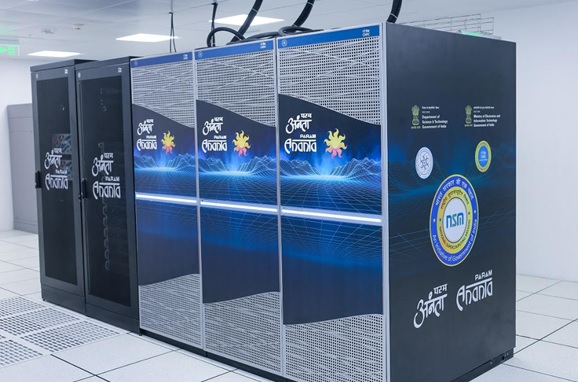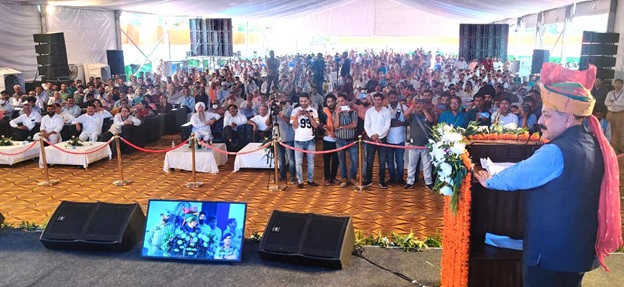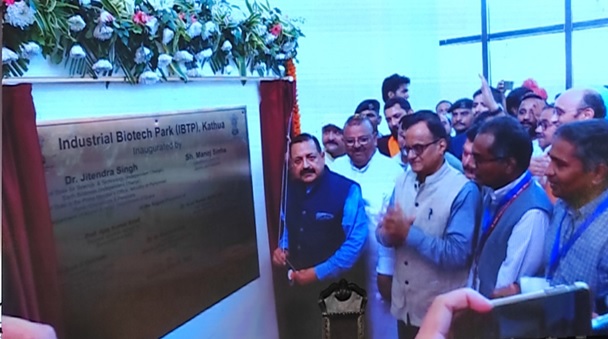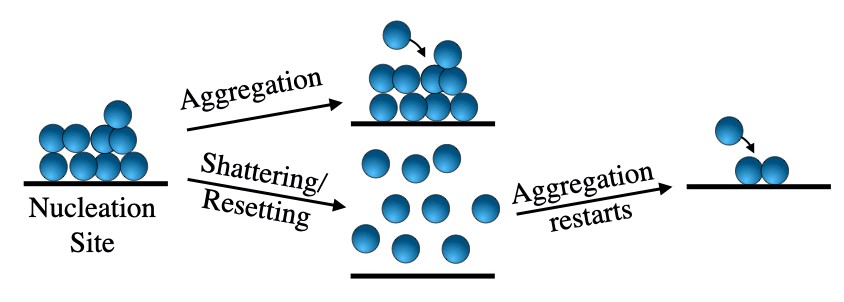
How long does it take for the price of a stock to cross its current all-time-high value? When will another human being cover 100 meters faster than Usain Bolt? All of these questions have one thing in common- the "age of records" (or record age), which reflects the time a record takes to be broken. Researchers from the Indian Institute of Science Education and Research (IISER), Pune, and The Institute of Mathematical Sciences, Chennai, have developed a universal methodology to estimate record age statistics in a generic scenario with minimal assumptions.
As we live in a fast-changing world where global catastrophes seem inevitable, we consequently see their signatures appear in most data sets of practical relevance. This feature of real-world data sets can be well modelled by resetting.
“Given the ubiquity of resetting, we wondered what universal impact it could have on record breaking events in simple physical models such as random walks. Using our formalism, we unravelled a general criterion that can predict the conditions under which resetting could shorten the record ages,” says Dr Arnab Pal of the Institute of Mathematical Science.
One of the most essential applications of resetting can be seen in search tasks. It has been shown that the average search time can often be significantly reduced if the searcher returns to its starting point after searching for a while, and restarts the search process.
“Unlike the case of search tasks, after a point, restart completely fails to expedite the creation of records. Our findings were applied to and tested against several models of practical relevance,” the researchers mention.

A mass aggregation-shattering process: Masses aggregate on a nucleation site until a shattering event occurs, resetting the mass to zero. Aggregation resumes and continues to grow until the next shattering event.
How long does it take for the price of a stock to cross its current all-time-high value? When will another human being cover 100 meters faster than Usain Bolt? All of these questions have one thing in common- the "age of records" (or record age), which reflects the time a record takes to be broken. Researchers from the Indian Institute of Science Education and Research (IISER), Pune, and The Institute of Mathematical Sciences, Chennai, have developed a universal methodology to estimate record age statistics in a generic scenario with minimal assumptions.
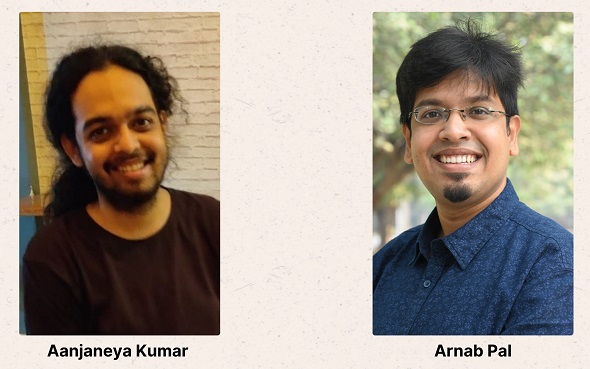
Many events around us, starting from tossing a coin in a cricket match, the motion of the air molecules, bus or train arrivals, spreading of diseases, or variations to the activities of living systems such as the enzyme reactions inside our body or a specific virus detection by a protein - display random features, and thus their description calls for the use of probability.
To probe the “record ages”, the researchers used tools from probability theory to derive the connection between record-breaking events and the idea of search processes.
“The study opened up new avenues and shed light on a seemingly unrelated problem of computing the lifetime statistics in the mass aggregation models, which have recently been extensively studied owing to their applications in neurodegenerative diseases or in explaining the size distribution of particles in Saturn’s rings,” explains Dr Pal.
The first-passage time is the time taken for a task to be completed. For example, the time taken by animals to find hidden food or the time two molecules take to react after colliding with each other in a medium can be thought of as the first-passage time.
“By reimagining the problem of computing record ages in the presence of restart as a first-passage time problem, we were able to build a unified framework to solve such problems,” declares Dr Pal.
The study may help understand complex natural systems where extreme events such as global economic catastrophes, pandemics, calamities, or recessions occur. Such modelling can help in preparing for or preventing such extreme natural events.
The team comprises Aanjaneya Kumar and Arnab Pal. The study has been published in Physics Review Letter, the journal of the American Physical Society.
India Science Wire
ISW/SM/NIBG/Cancer/Eng/28/04/2023

